






author photo: Vicki Knights Photography







author photo: Vicki Knights Photography
2018 has been a year of transformation. Although it has had its
challenges, it has also been a year of stronger focus for me. One of the really
wonderful happenings is that I have just signed with agent/director Oli Munson
at A.M. Heath literary agency in London.I could not have envisaged a better agency to
represent me, with its prestigious pedigree and the fact it is celebrating its
centenary next year. A.M. Heath has been one of the UK’s top agencies since
1919. Its esteemed catalogue of authors include George Orwell, Shirley Jackson,
Joan Aiken and Noel Streatfeild, along with present-day luminaries such as
Hilary Mantel and Maggie O’Farrell. I feel really honoured to be a part of such
an impressive agency. For years UK friends have asked when my books will
be published there. Hopefully that day will be soon!The leaves are turning to golden autumn colours in the upper mountains in
Australia. Because of the delayed summer heat, the trees have been slower to
turn colour this year and aren’t as stunning in their display. The streets
aren’t as choked with the tourists who arrive annually to photograph the trees.
When I’m watching the sulphur-crested cockatoos cracking their seeds among the
golden russet leaves, London seems another world. It has been roughly a year
since we were in the UK and we all miss it. My daughter can’t wait to grow up
and move either to London or New York! Everything changes. Children grow up. Good news turns to bad and bad to
Everything changes. Children grow up. Good news turns to bad and bad to
good. The merciless summer yields to transitional, mellow autumn. We make new
connections, but lose treasured friends. One thing that stays consistent in my
life is writing. I am roughly half-way through the first draft of my new crime
novel.In other good news my writer partner David
Levell has just completed his latest non-fiction book. It is gripping,
intelligent and with its original research, a fabulous read (totally unbiased
opinion). I’m always in awe of how David can take really dense historical
material and transform it into a page-turning read. It is his gift.Wishing you peace, resilience and dreams come true.


Ruth Rendell in 1978. Image credit: Kenneth Saunders




Baroness Rendell of Babergh

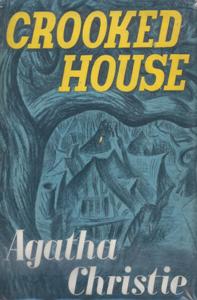
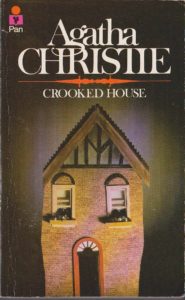

Agatha Christie Life Magazine 1940

Crooked House signed copy image via Pinterest




Recently I did a segment on Blue Mountains radio for their Crime show. I shall post a link to it when the podcast becomes available. I browsed through some of my Currawong Manor journals to prepare and was reminded how much I love my working notebooks.

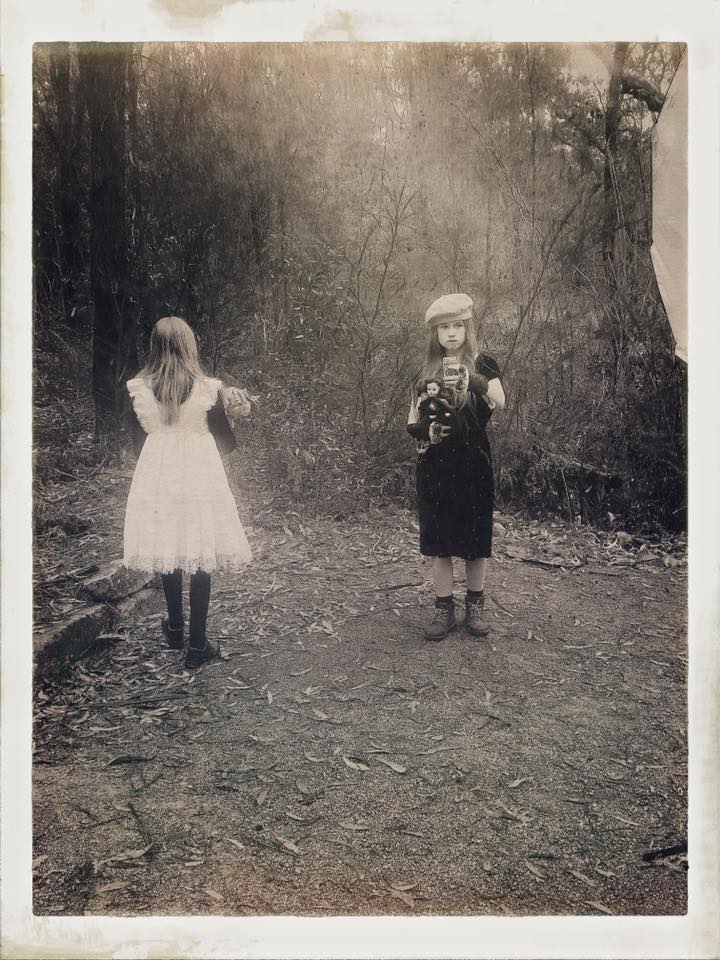
Jennifer playing Shalimar on L and Daisy playing Dolly on R

Nicole in action

Norman Lindsay at work

Creepy dolls and selfies

Norman Lindsay with seahorse statue

Nicole and ‘Ginger’ with the iconic Magic Puddings


Rose and Norman Lindsay

Satyr and Sphinx guarding the bush swimming pool entrance


image via @Breathhigh twitter

Image credit Murdo MacLeod for Guardian





image of Edinburgh Castle via Ian Rankin’s website
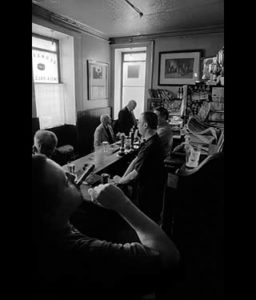


Image of West Bow via website Undiscovered Scotland

Image from Ian Rankin’s Evil Thoughts via YouTube

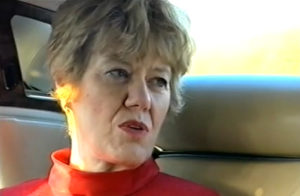
Ian interviews Juliet Hulme/Anne Perry

Image of Ian Rankin via Daily Mail Jan 2017

The Oxford Bar Edinburgh

Image via M.R Twitter of Michael Robotham & Ian Rankin



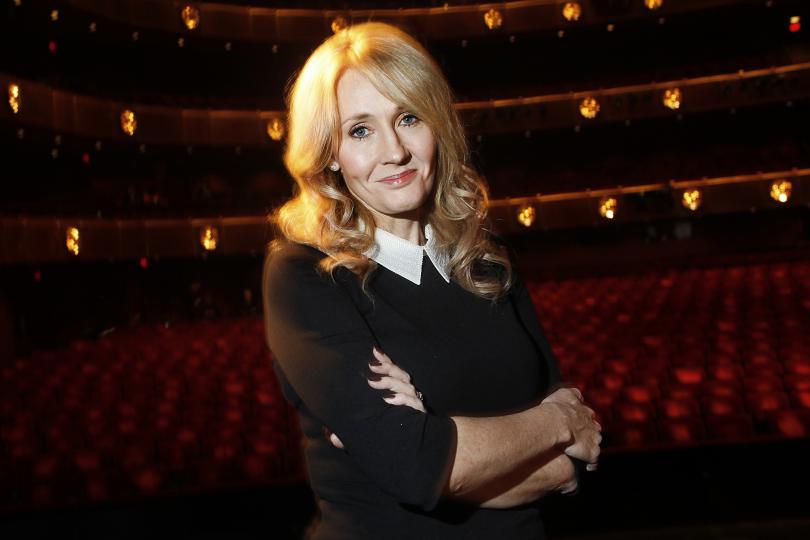



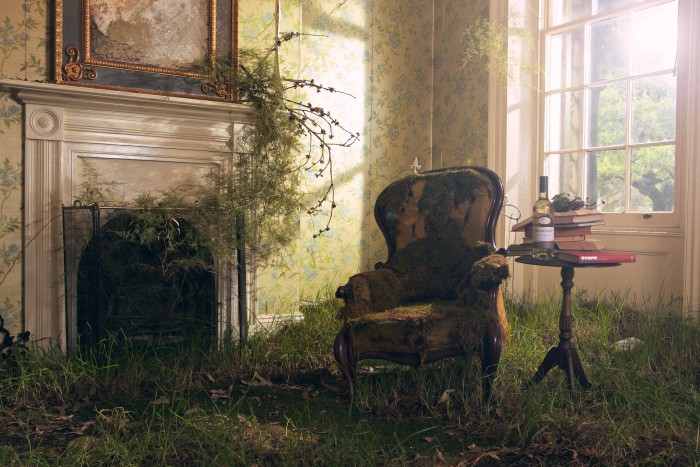




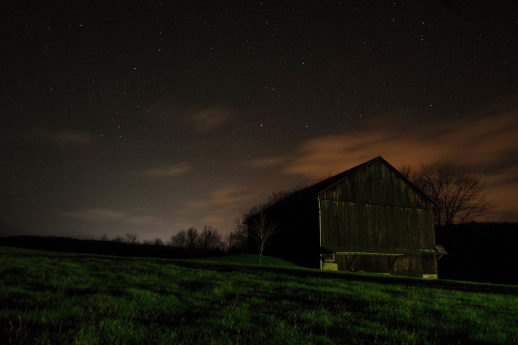




Gillian Flynn on right with Charlize Theron.

The Pinot Noir Study Room at Stoneleigh 50

